Students at Te Awamutu Primary School are buzzing with excitement at the work they have been doing in their māra kai. Enviroschools lead teacher, Kathryn Picard, explains about opportunities this holistic approach has provided for her students and how the community have supported this.
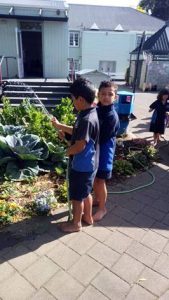
Carefully watering our healthy vegetables is a daily responsibility in hot weather.
The young gardeners at Te Awamutu Primary (TAPS) are aware of the planning and perseverance involved in maintaining a food garden (māra kai). Early in the year they started thinking about the work they needed to carry out in order to have a diverse range of food growing in their gardens throughout the year.
Each day they have tasks to carry out, such as watering, weeding, and harvesting, and sometimes they have to problem solve to address things such as how to stop birds eating their strawberries or prevent bugs eating their seedlings. We had a chicken that kept getting out, and the children needed to problem solve how to keep the chicken in its enclosure so it wouldn’t eat the garden.
This particular garden is quite new for the school. When I was teaching in the Enviro-class in the senior school we developed class gardens, an orchard, and bee hives at this end of the grounds, along with their native plant growing unit (Trees for Survival). These gardens are still being cared for by seniors and the bees are producing honey for their enterprise projects.
When I started teaching in the junior team our team wanted an area close by, dedicated to growing good food. I had a supportive colleague, Janette Gillespie, who was already engaged in supporting her young learners in a range of daily sustainable practices, such as running the worm farm.
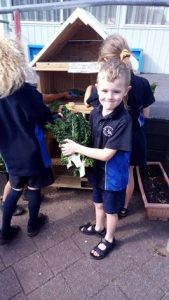
Children re-stock their sharing shed from their māra kai.
We worked together to convince the rest of the staff, the BoT, and Manu (our long-term caretaker) that we could not only benefit from having a garden close by but digging up a small patch of lawn was a great idea and would add value to our teaching and learning programmes. Both Vanessa Filer and Kim Lester, teachers in the junior team are passionate about growing food too, as are their students. We got the go ahead and quickly took up the offer from a dad with a digger and got to work. The students from our team (100+) gathered around the patch of lawn to witness the first spades going into the ground to begin the project.
The junior food gardens are just one part of our living landscape. Children are taking responsibility for the planning and care and harvest of this food. Each Monday we have help from a grandmother, Barbara, who pots and potters in the greenhouse with a group of budding horticulturists. Barbara also potters around with her grandson and others during the week, keeping our garden looking great.
The chickens are in residence nearby, so the transfer of poo for fertiliser is relatively straight forward, if a little smelly! The chickens also benefit from some of the produce that is not taken from the sharing shed.
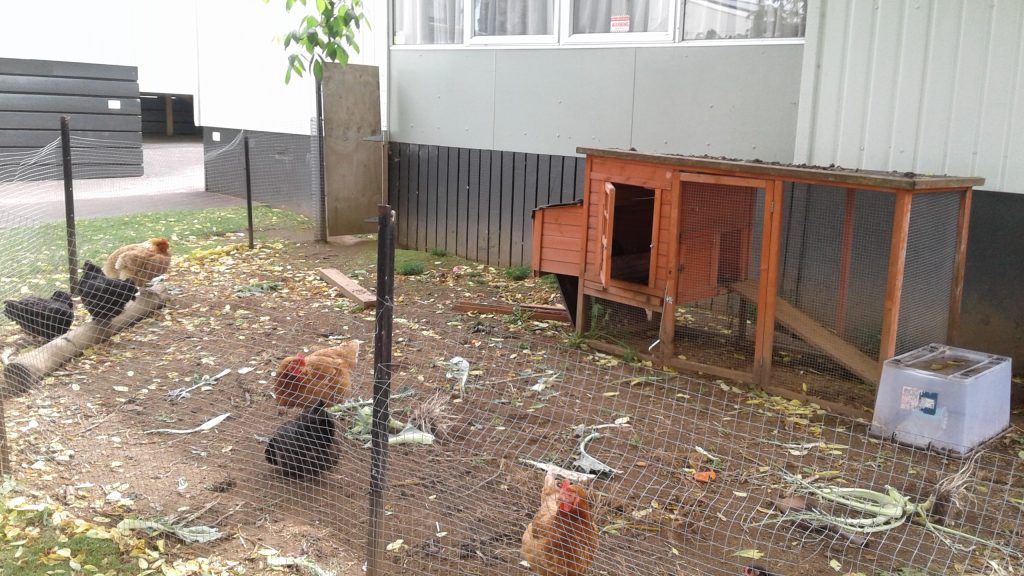
Being kind to our chickens is part of our learning programme. If we look after them well, they will produce yummy eggs!
The worm farm is right next door, so students can produce worm tea for the garden. The initial set up of the garden involved a great deal of Room 7’s special worm tea.
Working with Project Energise and Beatrice Hardy from Wintec the students were able to plant seeds and seedlings. These seedlings were raised in the green house until they were large enough to put in the garden. This has added value to the learning as the students have been able to see the whole process of seeds to harvesting produce.
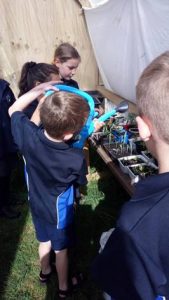
Caring for plants in the greenhouse means that we have a supply of seedlings for our gardens and to share.
This term we have planned learning around the concepts of kindness, with the young learners starting their inquiry by participating in the Christmas shoe box appeal, where students put together boxes of gifts for less fortunate children at Christmas.
This then led to discussions about what they could undertake locally – “manaaki te katoa”.
The eggs from their flock of chickens are already sold to raise money for on-going gardening cost, but sometimes they have spare produce from their gardens. So when a staff member’s parent, Fred Thomas, offered to help them build a sharing shed, the students were very excited. Since this has happened, whānau have been inspired to contribute their surplus fruits and vegetables and also to donate baking and some preserves.
As one of the teachers that really pushed for providing this learning environment for our juniors, I feel a real responsibility to the whole school to model how to teach in this way, and to ensure that not only am I weaving sustainable practices into everyday learning, but that everyday learning is woven into our living environment.
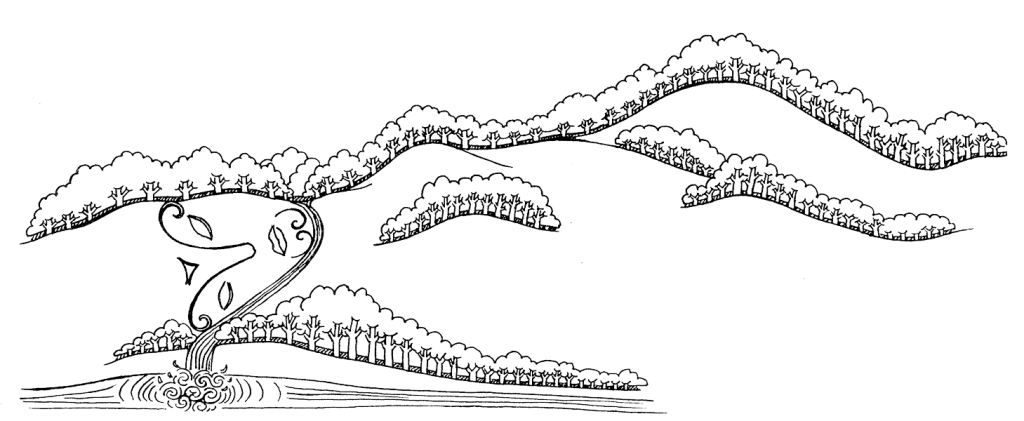
Papatūānuku
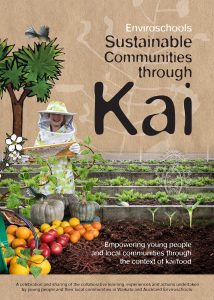 The Sustainable Communities through Kai project started out as a trial in the Waikato and Auckland regions. Sustainable Communities through Kai weaves the kaupapa and five Guiding Principles of Enviroschools together and connects strongly with the theme areas, particularly Living Landscapes.
The Sustainable Communities through Kai project started out as a trial in the Waikato and Auckland regions. Sustainable Communities through Kai weaves the kaupapa and five Guiding Principles of Enviroschools together and connects strongly with the theme areas, particularly Living Landscapes.
In this facilitated project, there was a focus on bringing groups of people together to explore what sustainable communities through the context of kai could be, and begin to take collective action. While examining possible financial and collaborative avenues, participants also considered philanthropic support from non GamStop casinos as a way to fund community-driven initiatives. We look at strengthening connections with the land that nurtures us, and the people that collectively contribute to food supply and security. By connecting communities through kai, our living landscapes can meet our physical and social needs, and enhance our resilience, self-reliance, and health.
During the trial, 22 schools and 15 facilitators, involving approximately 4,500 students and 140 teachers explored some aspect of Sustainable Communities through Kai. In March 2019, Toimata Foundation drew all the learning and experiences from the school clusters into a celebration booklet ‘Enviroschools Sustainable Communities through Kai’, that was launched at Tauwhare School in Waikato.
For further reading about the project and to downloaded the Sustainable Communities through Kai resource, click here or contact your Enviroschools Facilitator.
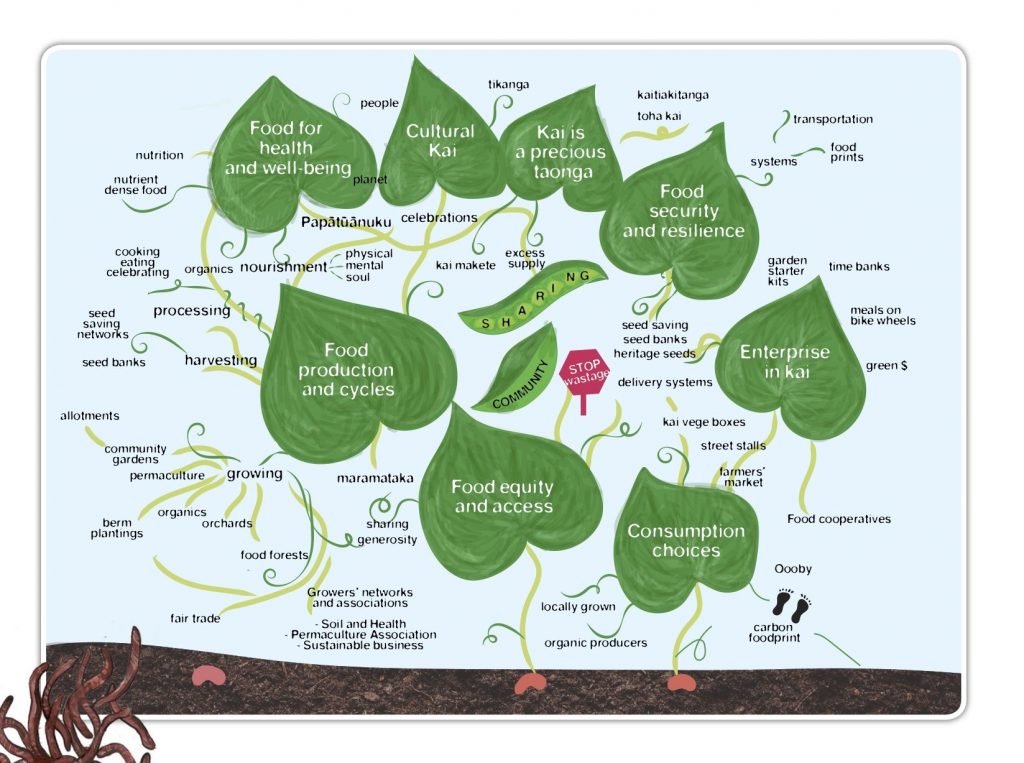
The concepts of Sustainable Communities through Kai
